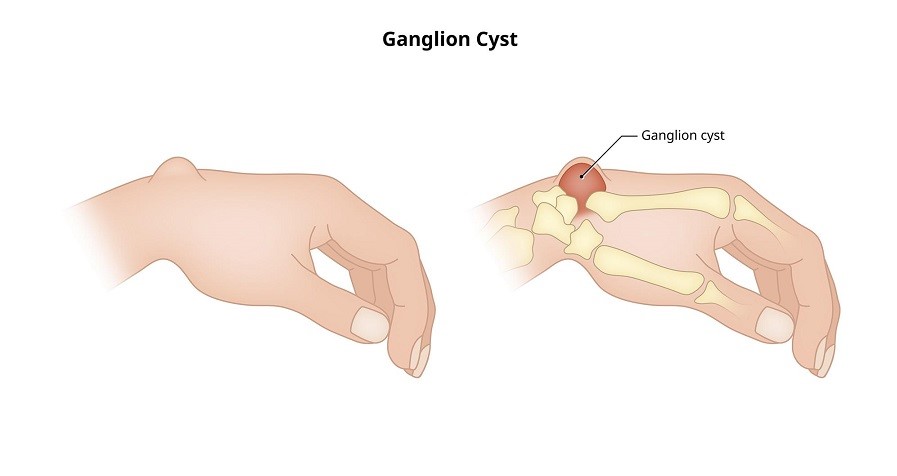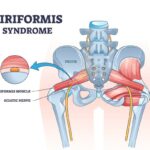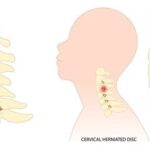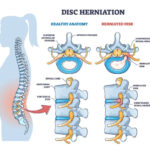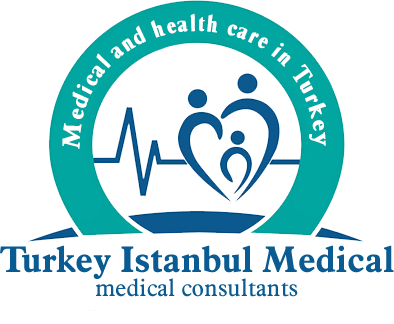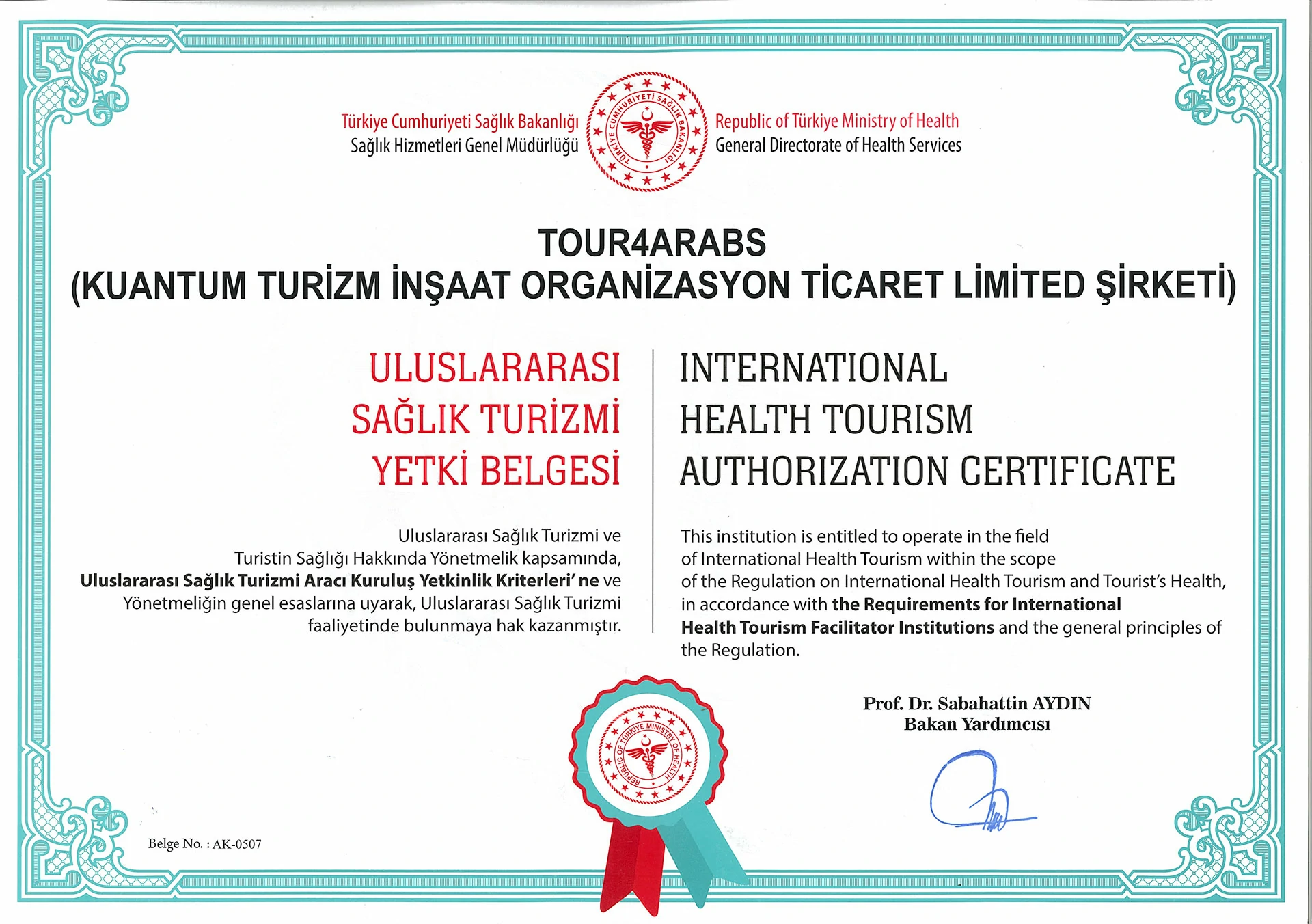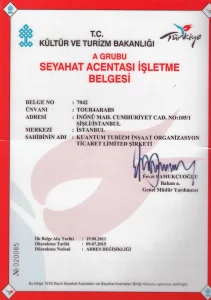What is Ganglion (Wrist Cyst)?
Ganglion cysts are common but noncancerous swellings along the tendons or joints of the wrists or hands. Ganglion cysts can also occur in the feet and ankles. Their shape is typically round or oval.
Ganglion (Wrist Cyst) can be observed in various sizes. Small ganglion cysts can be the size of a pea, while larger ones can reach approximately 2.5 centimeters in diameter. If ganglion cysts develop in a position that puts pressure on a nearby nerve, pain may be felt. Sometimes it develops in a way that prevents joint movement.
The fluid inside the ganglion cyst is similar to synovial fluid, which has the function of moisturizing and lubricating the joints. However, there are some biochemical and density differences between them and this liquid. Cyst fluid contains substances such as glucosamine, albumin, globulin and hyaluronic acid.
Why Does Ganglion (Wrist Cyst) Occur?
Although it is still not fully understood why ganglion cysts form, possible causes may include:
-
Synovial Fluid Accumulation:
One of the most common theories suggests that Ganglion (Wrist Cyst) form as a result of the accumulation of synovial fluid. Synovial fluid plays an important role in lubricating joints and facilitating joint movement. However, if this fluid accumulates more than normal or cannot move out of the joint due to an obstruction, a ganglion cyst may occur.
-
Tendon or Joint Damage:
Repetitive injuries or stress to tendons or joints can increase the risk of ganglion cysts forming. Such damage can lead to abnormal accumulation of synovial fluid.
-
Connective Tissue Weakness:
The risk of ganglion cyst formation may increase in people with weak connective tissue due to genetic or other reasons. Weak connective tissue can make fluid more prone to accumulation around joints or tendons.
-
Unknown Causes:
Some ganglion cysts may occur for unknown reasons. The origin of such cysts may not be fully understood.
Ganglion cysts are benign surface cysts and are not usually associated with cancer.
However, if these cysts cause discomfort or pain or limit the person’s activities, treatment options may be considered. Treatment is usually determined based on the size of the cyst, symptoms, and the patient’s preferences.
What are The Symptoms of Ganglion (Wrist Cyst)?
Ganglion cyst symptoms may vary from person to person and are usually noticed as a cosmetic or symptomatic problem.
Wrist cyst symptoms may include:
-
Swelling:
It is a swelling that usually appears under the skin and is mostly located in the wrist or wrist area. Sizes may vary.
-
Color and Texture:
The swelling feels like a clear or yellow blister and usually has a soft texture.
-
Pain or Discomfort:
Ganglion cysts are usually painless, but in some cases there may be mild pain or discomfort.
-
Size Changing with Movement:
The cyst may grow or shrink, especially during movement. This is caused by the fluid inside the cyst changing due to pressure.
-
Pressure Sensitivity:
Putting pressure on the cyst may cause tenderness or pain.
Who is at Risk of Forming Ganglion (Wrist Cyst)?
Although there is no risk factor that can directly increase the formation of ganglion cysts, the possibility of ganglion cyst formation is higher in people with the following characteristics.
-
Gender and Age:
Ganglion cysts are more common in women than in men. It also often occurs between the ages of 20 and 40. It has been observed very rarely in children under the age of 10.
-
Osteoarthritis:
People with arthritis, which causes wear and tear on the joints near the nails, are at risk of developing ganglion cysts near these joints.
-
Joint or Tendon Injury:
Joints or tendons that have been damaged following a past trauma are more likely to develop ganglion cysts.
-
Job:
Those who have professions that constantly use their wrists have the possibility of developing ganglion cysts again, even if they receive treatment.
How is Ganglion (Wrist Cyst) Diagnosed?
A ganglion cyst is diagnosed by a healthcare professional using clinical examination and sometimes imaging tests.
Information on how ganglion cyst diagnosis is made:
-
Physical Examination:
The doctor performs an examination by examining the swelling in the wrist or fingers and the characteristic features of the cyst. During the examination, the size, shape, location and effects of the cyst on the skin are evaluated. Additionally, the sensitivity and mobility of the cyst are also checked.
-
Patient’s Story:
The doctor will ask the patient to describe their symptoms and when and how the cyst appeared. It is also important to learn about risk factors, such as previous injuries or family history.
Imaging Tests:
In some cases, the doctor may order imaging tests to better evaluate the ganglion cyst.
These tests may include:
-
Ultrasound:
Ultrasound may be used to visually evaluate a cyst on the wrist or fingers.
-
Magnetic Resonance Imaging (MRI):
MRI can be used to view the exact location and effects of the cyst in more detail. MRI data may be useful, especially if surgical intervention is being considered.
How is Ganglion (Wrist Cyst) Treated?
Ganglion cysts are usually painless and do not require treatment. Your doctor may recommend an “observe and wait” approach. This is because approximately half of ganglion cysts disappear on their own.
But if the cyst causes pain or prevents joint movement, your doctor may recommend one of three methods:
-
Immobilization:
Because activity can cause the ganglion cyst to grow, temporarily immobilizing the area with a brace or splint may help. As the cyst shrinks, the pressure on the nerves will decrease and the pain will decrease. However, using the splint for a long time causes muscle weakness. Therefore, it should not be used longer than the period recommended by the doctor.
-
Aspiration:
Aspiration is usually performed in the outpatient department of the hospital or outpatient clinic. The doctor will use a needle and syringe to remove as much of the contents of the ganglion as possible. A dose of steroid medication is also sometimes injected into the area to help prevent the ganglion from returning, but there is no clear evidence that this reduces the risk of it returning. After the procedure, a band is placed over the small hole in your skin.
This tape can be removed approximately 6 hours after the procedure. Aspiration is simple and painless, and you can leave the hospital immediately. Since this approach involves less intervention, it is recommended before surgery. But about half of all ganglion cysts come back after this treatment. If the cyst returns, surgery may be necessary.
-
Surgical Intervention:
There are two surgical ways to remove a ganglion cyst. Open surgery is a procedure in which the surgeon makes a medium-sized incision, usually about 5 cm long, over the affected joint or tendon area. In the arthroscopic surgery method, small incisions are made and a camera is inserted into the joint and the disorder in this area is treated.
Both techniques can be applied under local anesthesia or general anesthesia. The choice depends on where the ganglion is located, what anesthesia you prefer and your surgeon’s recommendation.
After Surgery:
- The surgeon stitches the incisions and places a bandage. The incisions are not usually painful, but painkillers will be prescribed if you experience any discomfort after surgery.
- If the cyst has been removed from your hand or wrist, you may need to wear a sling for the first few days. The sling can protect your arm from any impact, reduce swelling and discomfort.
- You need to move your fingers regularly to help keep the joints flexible.
- How much time off you need to take after a ganglion cyst operation depends on your job and where the ganglion is located.
- If your job requires active use of your hands, you may need to take time off. When you feel ready, you can start driving again.
Frequently Asked Questions About Ganglion (Wrist Cyst)
-
Is Ganglion Cyst Dangerous?
Ganglion cysts are generally not dangerous. Most of the time it is harmless and does not require treatment. However, if it grows or causes symptoms, treatment should be considered.
-
What Happens If a Ganglion Cyst Is Not Treated?
If a ganglion cyst is left untreated, complications may occur. The most common complication is infection. If the cyst fills with bacteria, it can become an abscess that can burst in the body and cause blood poisoning.
-
Does Ganglion Cyst Recur After Surgery?
The ganglion cyst may recur if it is not completely removed, such as when the fluid is withdrawn with a needle.
In hand and ankle surgery, the cyst must be separated from the surrounding tissues (vein, tendon, etc.) and removed from the joint capsule or tendon to which it is attached.
It should not be forgotten that even if it is completely removed, there is a possibility of a ganglion cyst forming again in the same area. However, after surgery in which the cyst is removed as a whole without bursting with the appropriate technique, the probability of recurrence is very low.
If you have any of the symptoms of hand and ankle cysts; You can contact us to get information about diagnosis and treatment methods. You can also share your questions with us on our social media accounts.
